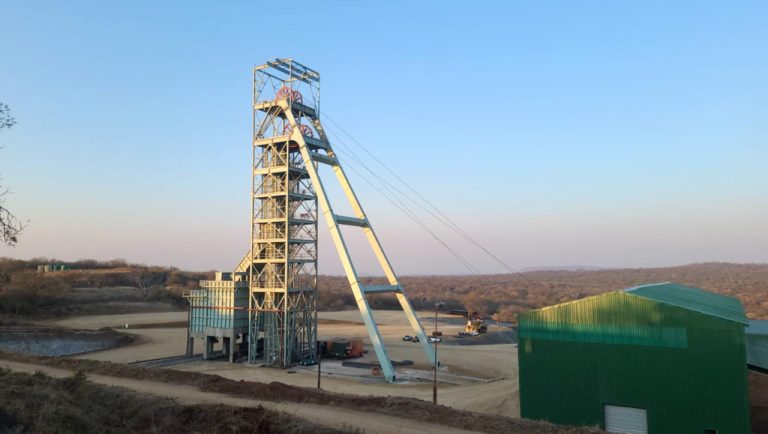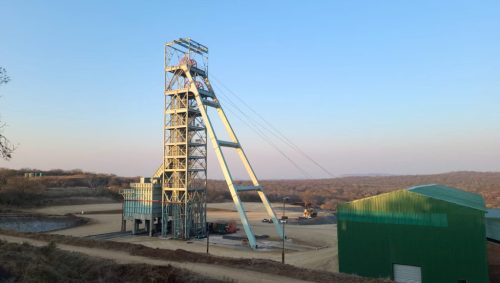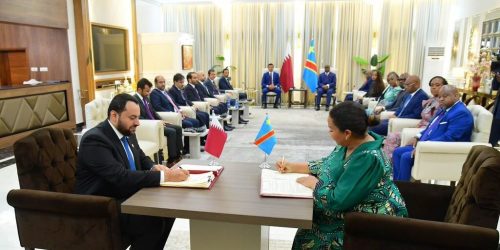Zambia Launches Landmark Critical Minerals Guide to Attract Clean Energy Investment and Drive Global Green Transition
Zambia has launched its first comprehensive guide to critical minerals, marking a significant milestone in the country’s strategy to become a key player in the global clean energy transition.
The publication, titled Critical Minerals Potential of Zambia, highlights both existing and prospective mineral resources—such as cobalt, lithium, copper, graphite, and others—essential for decarbonising global energy systems.
This landmark guide is the result of a collaborative effort between the Zambian Ministry of Mines and Minerals Development and the UK’s British Geological Survey (BGS).
It was developed with support from the UK’s Foreign, Commonwealth & Development Office (FCDO) and BGS’s International Geoscience Research and Development Programme.
The document provides valuable geological data, exploration updates, and production insights for 11 minerals deemed critical under Zambia’s National Critical Minerals Strategy.
Unveiled at the Invest-Zambia International Conference 2025 in Lusaka, the guide was praised by UK Trade Envoy for Southern Africa, Calvin Bailey MBE MP, who emphasized its importance in attracting responsible investment to Zambia’s mineral sector.
“This guide supports Zambia’s National Critical Minerals Strategy and will help attract responsible investment in the minerals sector, fostering economic growth and supporting the global green energy transition,” said Mr. Bailey.
British High Commissioner to Zambia, Rebecca Terzeon, echoed the sentiment, describing the guide as a testament to the strong UK-Zambia partnership based on mutual economic and environmental goals.
“The work of the British Geological Survey alongside Zambia exemplifies how international collaboration can generate shared benefits,” she noted.
Zambia is already a globally recognized copper producer, with more than a century of mining experience.
The government aims to boost annual copper production to 3 million metric tonnes by 2031. In a further strategic move, Zambia is set to open Africa’s first cobalt sulfate refinery by the end of 2025—positioning itself as one of the few nations outside China with the capacity to refine battery-grade cobalt sulfate.
“As the world transitions to a low-carbon future, Zambia is ready to play a vital role by responsibly developing its critical mineral resources,” said Gerald Mwila, Director of the Geological Survey Department of Zambia.
The guide identifies 11 minerals as critical to Zambia’s economic and strategic interests: cobalt, columbite-tantalite, copper, graphite, lithium, manganese, nickel, rare earth elements, sugilite, tin, and uranium.
Global demand for many of these minerals—particularly those used in electric vehicles and renewable energy systems—is rising sharply.
For example, demand for graphite and lithium is projected to grow by up to 130 and 350 times, respectively, by 2040.
Clive Mitchell, BGS Project Leader with over three decades of experience working on Zambia’s mineral resources, expressed his pride in the ongoing collaboration.
“I’m proud to continue contributing to Zambia’s development as an emerging economy, bringing prosperity and improved opportunities for its people,” he said.
Co-author of the guide, BGS Minerals Scientist Dr. David Currie, emphasized its investment potential.
“We hope this guide sparks interest from both local and international investors,” said Dr. Currie. “It reveals valuable geological insights that exploration companies may not yet have uncovered.”
The Critical Minerals Potential of Zambia guide serves not only as a resource for investors and exploration firms, but also as a tool for policymakers, regulators, and communities.
It strengthens understanding of Zambia’s mineral potential, supports informed decision-making, and reinforces the country’s role in the global green economy.
Now available online, the guide is a vital resource in unlocking Zambia’s critical mineral future—and in shaping a more sustainable and diversified economic landscape.









